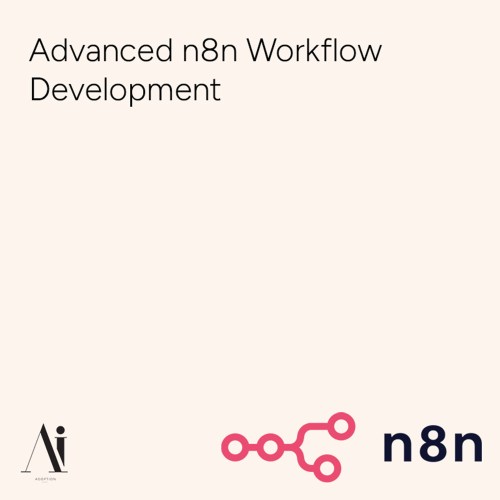
As artificial intelligence becomes increasingly integrated into various aspects of our lives, it is essential to have a clear understanding of the terminology and concepts that underpin this technology. This tenth installment of our glossary aims to provide detailed explanations of key terms, helping readers grasp their meaning and significance. By breaking down complex ideas into understandable components, we hope to empower individuals to communicate effectively about AI and its applications. Whether you're a professional working in the field, a student learning about AI, or simply someone curious about how these systems work, this glossary serves as a resource to deepen your knowledge. Let’s explore five additional terms that play important roles in the world of generative AI.
Adaptive Control
ELI5 – Explain Like I'm 5
Adaptive control is like teaching a robot to ride a bike, it learns to balance and adjust as it goes!
Detailed Explanation
Adaptive control involves designing systems that can modify their behavior in real-time based on changing conditions or environments.
Real-World Applications
Used in autonomous vehicles, robotics, and industrial automation to improve performance and safety.
Latent Diffusion Models - LDMs
ELI5 – Explain Like I'm 5
Latent diffusion models are like teaching a robot to draw pictures by starting with tiny dots and gradually making them clearer!
Detailed Explanation
Latent diffusion models generate high-quality outputs by iteratively refining latent representations through a process of noise reduction.
Real-World Applications
Applied in image synthesis, text-to-image generation, and video creation for creative and scientific purposes.
Multi-Fidelity Optimization
ELI5 – Explain Like I'm 5
Multi-fidelity optimization is like testing a toy car on both rough and smooth surfaces to find the best way to make it go fast!
Detailed Explanation
Multi-fidelity optimization combines information from low-cost approximations and high-fidelity simulations to efficiently solve complex optimization problems.
Real-World Applications
Used in engineering design, drug discovery, and financial modeling to reduce computational costs while maintaining accuracy.
Prompt Engineering
ELI5 – Explain Like I'm 5
Prompt engineering is like giving a robot clear instructions so it knows exactly what you want it to do or say!
Detailed Explanation
Prompt engineering involves crafting inputs (prompts) to guide large language models and other generative systems toward producing desired outputs.
Real-World Applications
Applied in content creation, customer service chatbots, and educational tools to enhance user interaction and output quality.
Structural Causal Models - SCMs
ELI5 – Explain Like I'm 5
Structural causal models are like drawing a map of how things cause other things to happen, they help robots understand why something happens!
Detailed Explanation
Structural causal models represent causal relationships between variables using mathematical equations, enabling reasoning about interventions and counterfactuals.
Real-World Applications
Used in healthcare, economics, and policy-making to analyze cause-and-effect relationships and inform decision-making.
Conclusion
This tenth installment of the Generative AI glossary provides insights into several important terms that are frequently encountered in discussions about AI. By offering clear definitions and practical examples, we aim to demystify these concepts and make them accessible to a wider audience. Understanding what these terms mean is crucial for anyone seeking to engage meaningfully with AI technologies, whether in professional or personal contexts. We hope this glossary serves as a valuable tool for enhancing your comprehension of AI and its applications. As we continue to expand this series, we invite you to explore further and deepen your knowledge of the many fascinating aspects of artificial intelligence.
 USD
USD  Swedish krona (SEK SEK)
Swedish krona (SEK SEK)





















